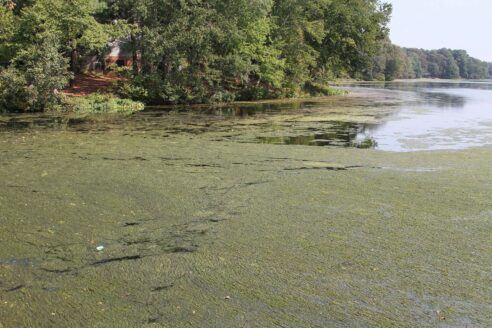Tagged Stories: "algal blooms"
Experts find 2022 dead zone to be 10th smallest since 1985
November 16, 2022Cool temperatures and strong winds in September shortened duration
Read story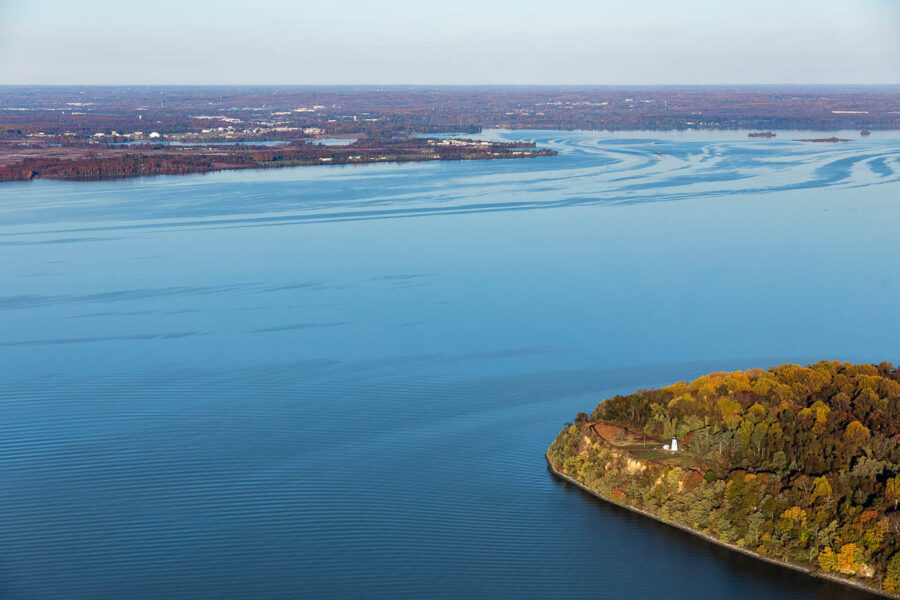
Thanks to the weather and efforts to reduce pollution, the 2020 dead zone remains small
October 28, 2020Experts estimate dead zone is the seventh smallest in the past 35 years
Read story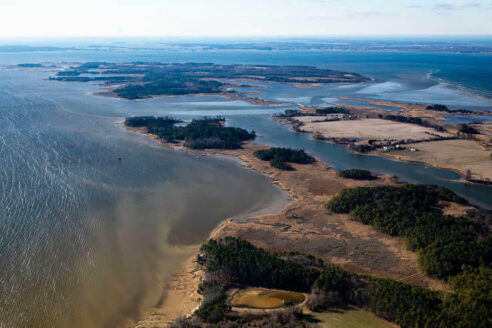
Finding a better way to track nutrients in the Bay
October 7, 2020A new report discusses the importance of individual nutrient species when assessing environmental health
Read story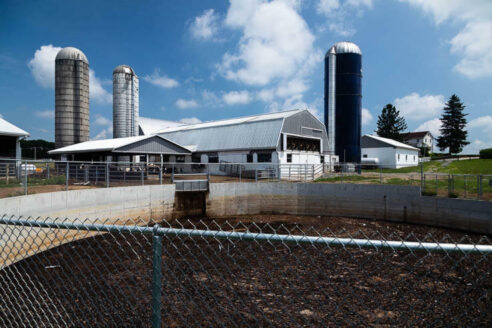
A harmful algal bloom caught red handed
July 6, 2020As pollution persists, so do mahogany tides
Read story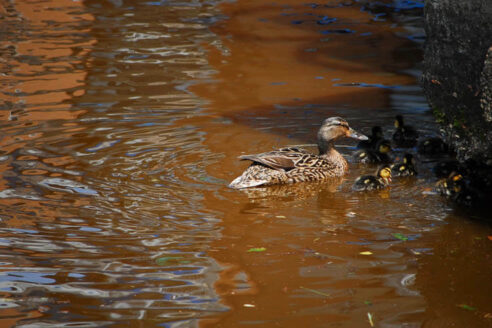
A look back at 30 years of water clarity
January 14, 2020Our Scientific and Technical Advisory Committee reviews three decades of data
Read story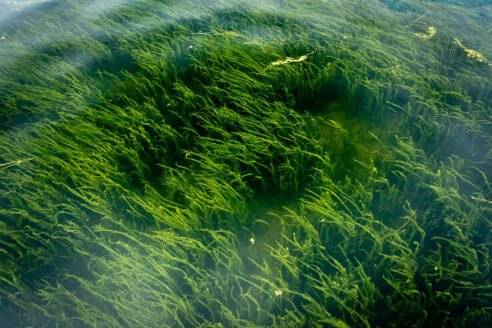
Experts predict largest dead zone in decades
June 12, 2019Chesapeake Bay continues to be impacted from extreme rain and increased river flows
Read story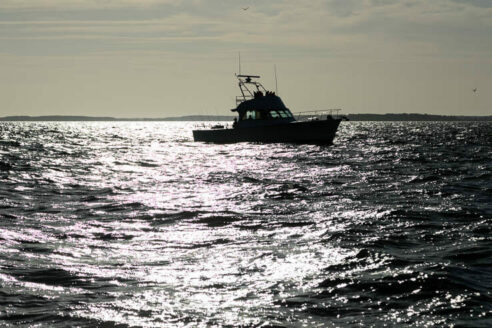
Alexandrium monilatum sheds light on a Bay issue
June 10, 2019Glowing harmful algal blooms illuminate the problem of nutrient pollution
Read story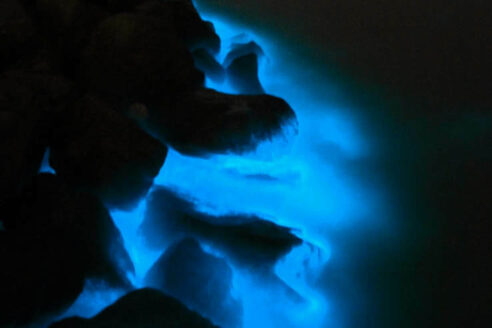
Scientists predict above-average dead zone in 2018
June 26, 2018Spring rains contributed more nutrient pollution to the Bay
Read story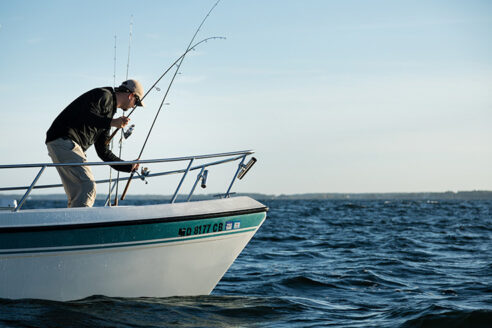
Above-average dead zone predicted for Chesapeake Bay
June 14, 2017Spring nutrient loads from Susquehanna River expected to affect summer water quality
Read story
Slightly smaller-than-average dead zone predicted for Chesapeake Bay
June 13, 2016Size of low- to no-oxygen region predicted to be close to long-term average
Read story